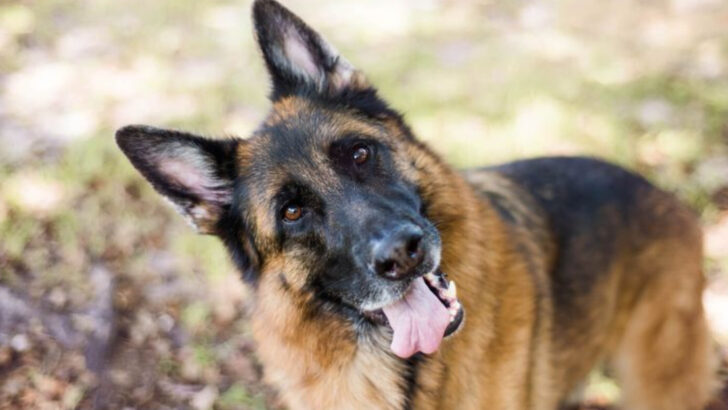Dogs don’t need words to speak their minds—they’ve mastered the art of silent communication. With just a wag, a stare, or a tilt of their head, they say more than we ever could. Forget barking; their body language tells a story all on its own.
Every little movement, from a raised paw to the way they sit, carries meaning. They’re not just dogs—they’re silent storytellers, capable of expressing love, excitement, anxiety, and even confusion without uttering a single sound.
And here’s the best part: understanding these signals can deepen the bond you share with your dog. Once you start noticing the subtle hints, you’ll realize they’ve been talking to you all along. It’s a secret language that’s been there, waiting for you to tune in.
Ready to decode your dog’s silent messages? Let’s dive into 21 ways your furry friend communicates without saying a word!
Tail Wagging
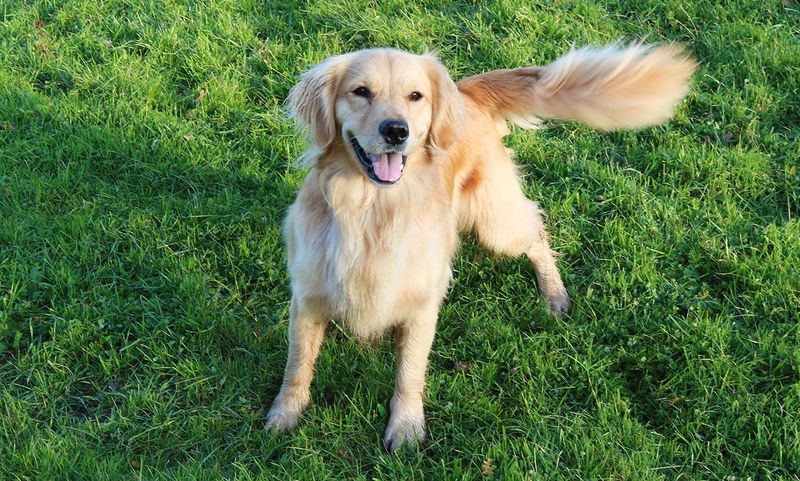
The wag of a dog’s tail speaks volumes. It can signal happiness, excitement, or even anxiety. When a dog wags its tail high and fast, it often means they’re thrilled or eager to engage.
Conversely, a slow, low wag may indicate caution or insecurity. A stiff, upright tail might show assertiveness. Observing the speed, height, and stiffness of the wag provides a glimpse into a dog’s feelings.
The tail’s movement, combined with body language, gives an intricate look into their emotional state, enhancing our understanding and connection. It’s truly mesmerizing how much can be said with just a tail.
Ear Position

Dogs’ ears are incredibly expressive. When they perk up, it could mean the dog is intrigued or on alert. Floppy ears may show relaxation or submission. Pinning the ears back often signals fear or discomfort.
Watching a dog’s ear position can reveal much about their mood. This silent form of communication helps owners gauge a dog’s emotional state without needing words.
Like a radar, a dog’s ears can pick up and convey subtle changes in their environment and feelings. Understanding this nuanced communication enriches the human-canine bond significantly.
Head Tilting
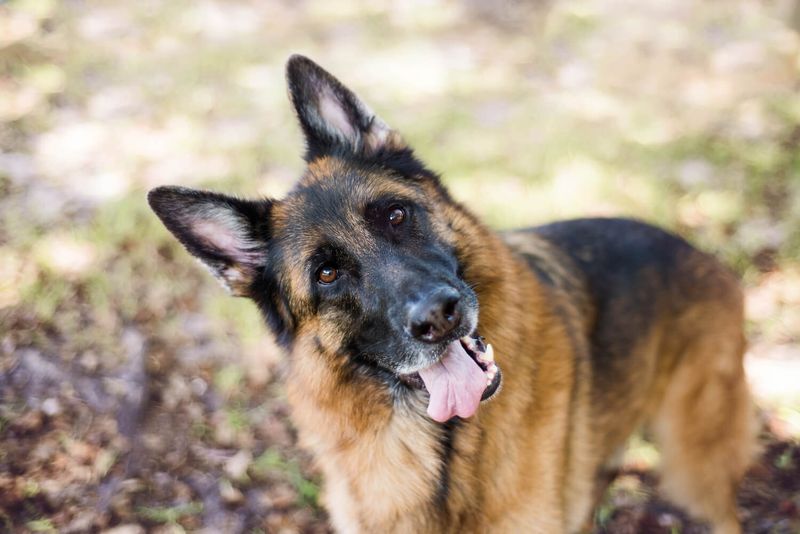
Head tilting in dogs often signifies curiosity or attentiveness. When a dog tilts its head, it might be trying to understand a sound or see something from a different angle. It’s an endearing action that many owners find adorable.
This behavior can also reflect a dog’s attempt to engage with humans, showing interest in what’s being said. The tilt of the head, combined with eye contact, can express attentiveness and willingness to connect.
Though it’s a simple gesture, it speaks volumes about a dog’s curiosity and desire to understand their world.
Paw Offering
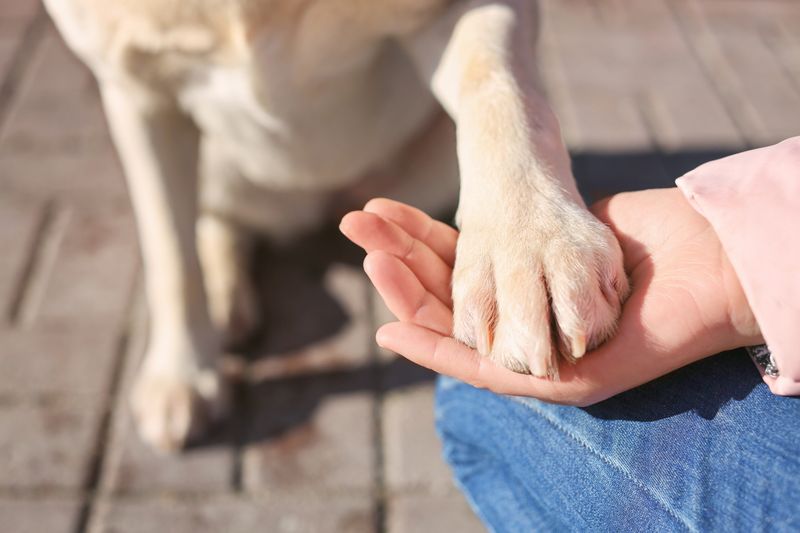
When a dog offers its paw, it’s usually a sign of affection or a request for attention. This charming gesture can mean they want to play, need petting, or are simply expressing love. In some cases, it’s a learned behavior, often rewarded with treats or praise.
Offering a paw is a polite way for dogs to interact, showing their willingness to connect. It’s a silent request for interaction and approval.
Observing this behavior can provide insights into a dog’s mood and desires, strengthening the human-animal relationship through non-verbal communication.
Eye Contact

Eye contact is a powerful form of silent communication in dogs. A soft, steady gaze can indicate trust and affection, while a hard stare might signal a challenge or discomfort.
By maintaining eye contact, dogs express a range of emotions from love to alertness. It’s a way for them to connect with humans on a deep level. Understanding the nuances of a dog’s gaze can enhance interactions, fostering a more profound bond.
Reading a dog’s eye language requires attention to detail, but it reveals a world of emotions without a single sound.
Sniffing
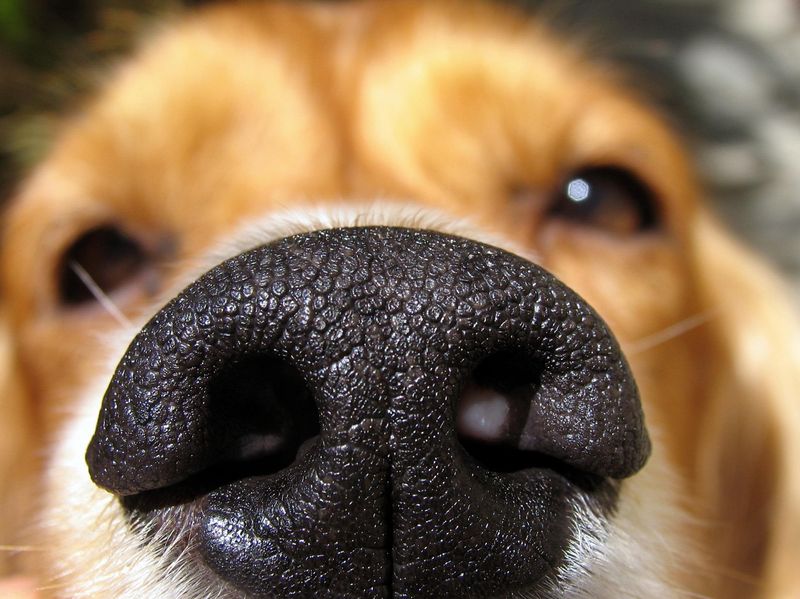
Sniffing is a dog’s way of exploring the world. Through their incredibly sensitive noses, dogs gather information about their surroundings, other animals, and even human emotions.
When a dog sniffs, it’s akin to reading a book about the environment. This behavior allows them to communicate with others without making a sound. It’s their way of understanding and interacting with the world silently.
Encouraging sniffing during walks can provide mental stimulation, enriching the dog’s experience and fostering curiosity. Sniffing is an essential, silent language that reveals much about a dog’s interests and environment.
Body Posture

A dog’s body posture conveys a wealth of information. Standing tall with a relaxed stance often signals confidence and contentment. A lowered body might indicate submission or fear.
A playful bow with the front legs lowered and the rear end up is a universal invitation to play. By observing these postures, owners can interpret a dog’s feelings and intentions.
Body language is a crucial aspect of canine communication, providing insights into their mental state. Understanding these silent signals can aid in responding appropriately to a dog’s needs and fostering a trusting relationship.
Lip Licking
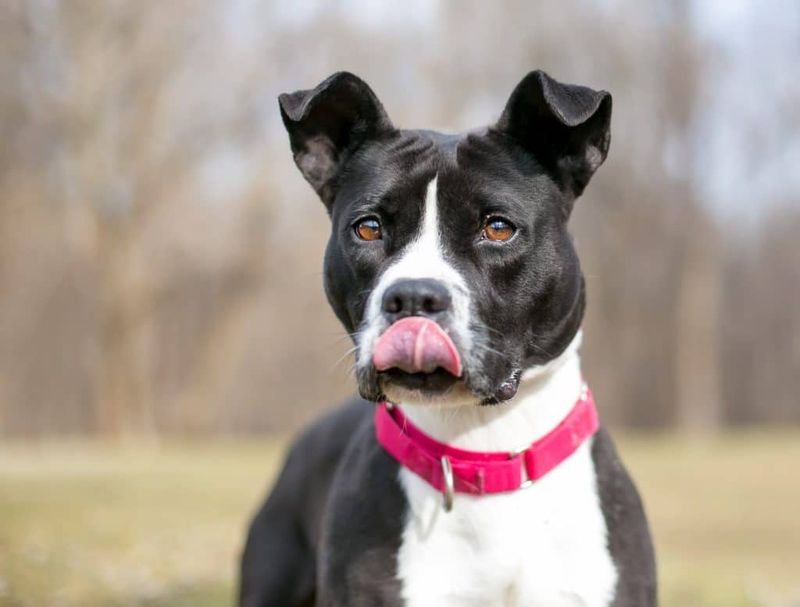
Lip licking in dogs can indicate a range of emotions. Often, it’s a sign of nervousness or anticipation, especially when encountering new situations or people. This behavior might also occur after eating or when a dog expects food.
Observing when a dog licks its lips can provide clues to their emotional state. It’s a subtle signal that speaks volumes about a dog’s feelings without a single bark.
Understanding this behavior can help in managing a dog’s anxiety and ensuring their comfort in various environments. It’s a small gesture but carries significant meaning in canine communication.
Yawning

Yawning in dogs is not just a sign of tiredness. It can also indicate stress or confusion, acting as a calming signal in tense situations. When a dog yawns, it might be trying to ease tension, either for themselves or others.
Observing the context in which a dog yawns can offer insights into their emotional state. It’s a way for dogs to manage their environment and interactions silently.
Understanding this behavior helps in identifying stressors and ensuring a dog’s comfort. Yawning is a simple yet effective way for dogs to communicate without words.
Rolling Over
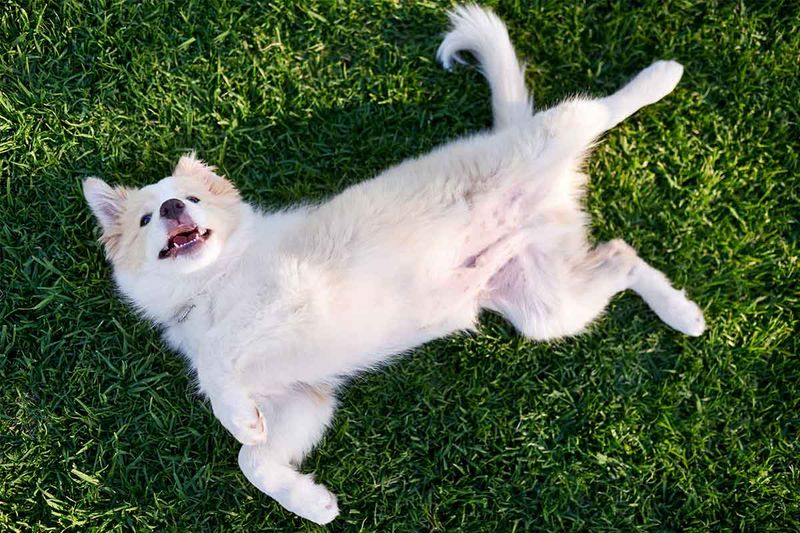
When a dog rolls over, it’s often a sign of submission or trust. This vulnerable position indicates that a dog feels safe and relaxed. It can also be a playful gesture, inviting interaction or a belly rub.
Rolling over is a silent expression of comfort and openness. Understanding this behavior can help in responding to a dog’s needs for affection or reassurance.
It’s a clear indication that a dog trusts its environment and the people around them. Dogs use this gesture to communicate their feelings of safety and affection silently.
Nose Nudging
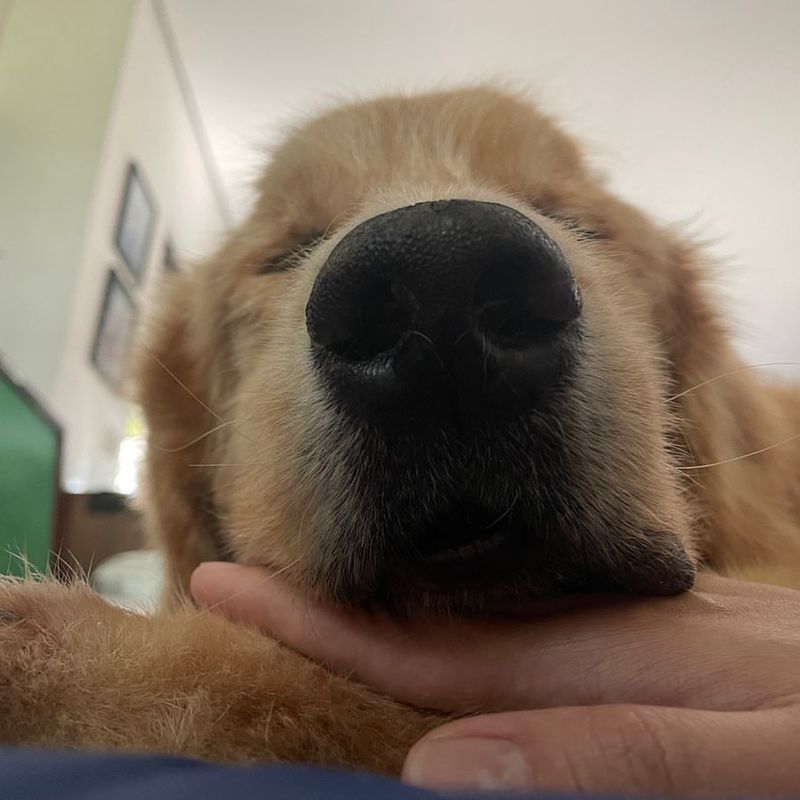
Nose nudging is a common way dogs seek attention or express affection. This gentle gesture can mean a dog wants to play, go for a walk, or simply be petted. It’s their way of saying, “I’m here, notice me.”
This silent interaction strengthens the bond between dog and owner, enhancing communication and understanding. Observing when and how a dog nudges can provide insights into their desires and emotional state.
It’s a subtle yet powerful way dogs express themselves, showcasing their need for connection without uttering a word.
Sitting on Feet
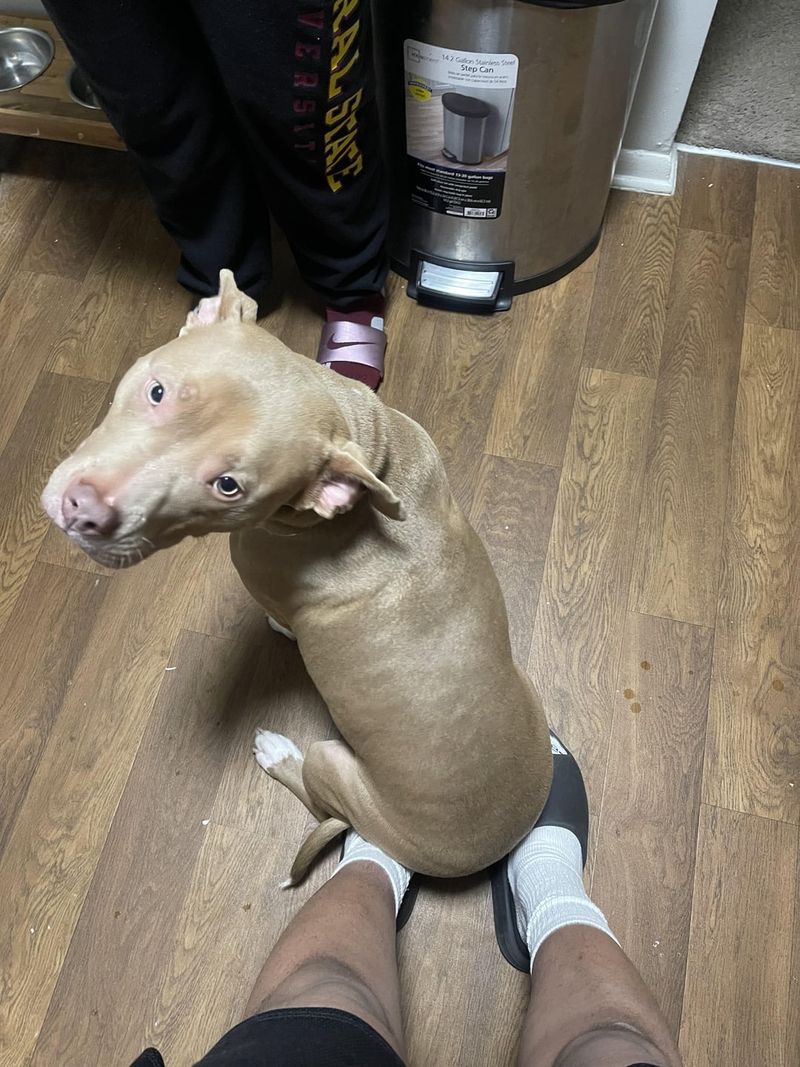
When a dog sits on your feet, it’s often a sign of affection and protection. This behavior indicates a desire to be close, providing warmth and comfort. It’s a silent claim of belonging, showing trust and a deep bond with their human.
Dogs may also sit on feet to assert dominance subtly. Understanding this behavior can enhance the human-canine relationship, offering insights into a dog’s emotions and needs.
It’s a comforting gesture that speaks of loyalty and connection. This silent expression strengthens the bond, making both dog and owner feel secure and loved.
Leaning Against You
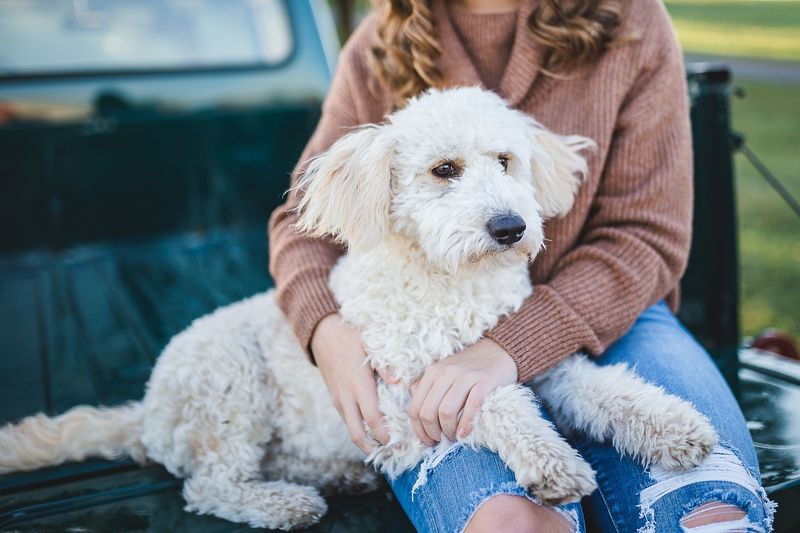
A dog leaning against you is a clear sign of trust and affection. This behavior indicates a desire for comfort and companionship. It’s a silent way of saying, “I feel safe with you.”
Dogs may lean to seek support or reassurance in unfamiliar environments. Understanding this gesture can help strengthen the bond between a dog and its owner, providing insights into their emotional needs.
It’s a comforting action that speaks volumes about trust and attachment. Dogs use this silent language to express their feelings of security and love without needing to vocalize.
Zoomies
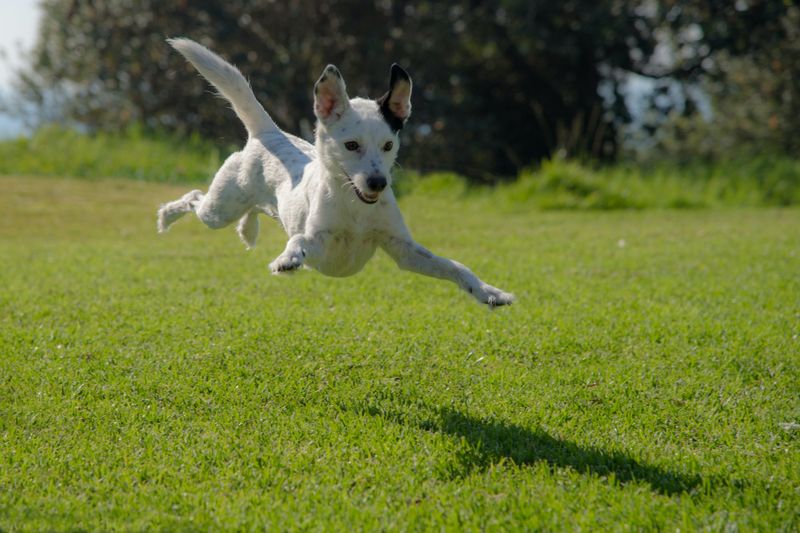
Zoomies, or frenetic random activity periods, are bursts of energy displayed by dogs. These sudden sprints and playful antics are often expressions of joy or relief. It’s a silent celebration of life, showcasing a dog’s happiness and zest.
Zoomies can occur after baths, when greeting loved ones, or even during play. Understanding this behavior can offer insights into a dog’s emotional state and need for physical activity.
It’s a delightful expression of energy and enjoyment, bringing joy to both the dog and its owner. Dogs use zoomies to communicate their excitement and freedom silently.
Gentle Mouthing
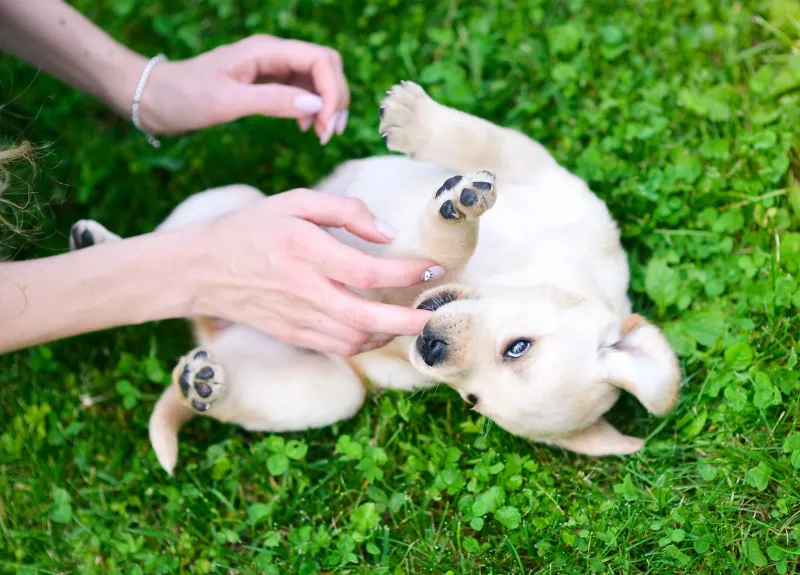
Gentle mouthing is when a dog softly uses its mouth to interact without biting. This behavior is often seen during play or as a sign of affection. It’s a way for dogs to explore and express themselves without causing harm.
Understanding when and why a dog mouths can provide insights into their playfulness and need for interaction. It’s a silent expression of trust and friendliness, requiring careful observation to ensure it remains gentle and non-threatening.
This behavior strengthens the bond, showing a dog’s comfort and willingness to engage in a non-verbal, playful manner.
Laying Belly Up

When a dog lays belly up, it’s a sign of trust and submission. This vulnerable position indicates that a dog feels safe and at ease with its surroundings. It’s a silent request for affection or a belly rub, showing comfort and openness.
Dogs use this posture to communicate their feelings of relaxation and confidence in their environment. Understanding this behavior can enhance interactions, providing reassurance and comfort to the dog.
It’s a clear indication of trust, allowing owners to respond with affection and care. This silent gesture strengthens the bond between dog and owner, fostering a sense of security.
Following Closely
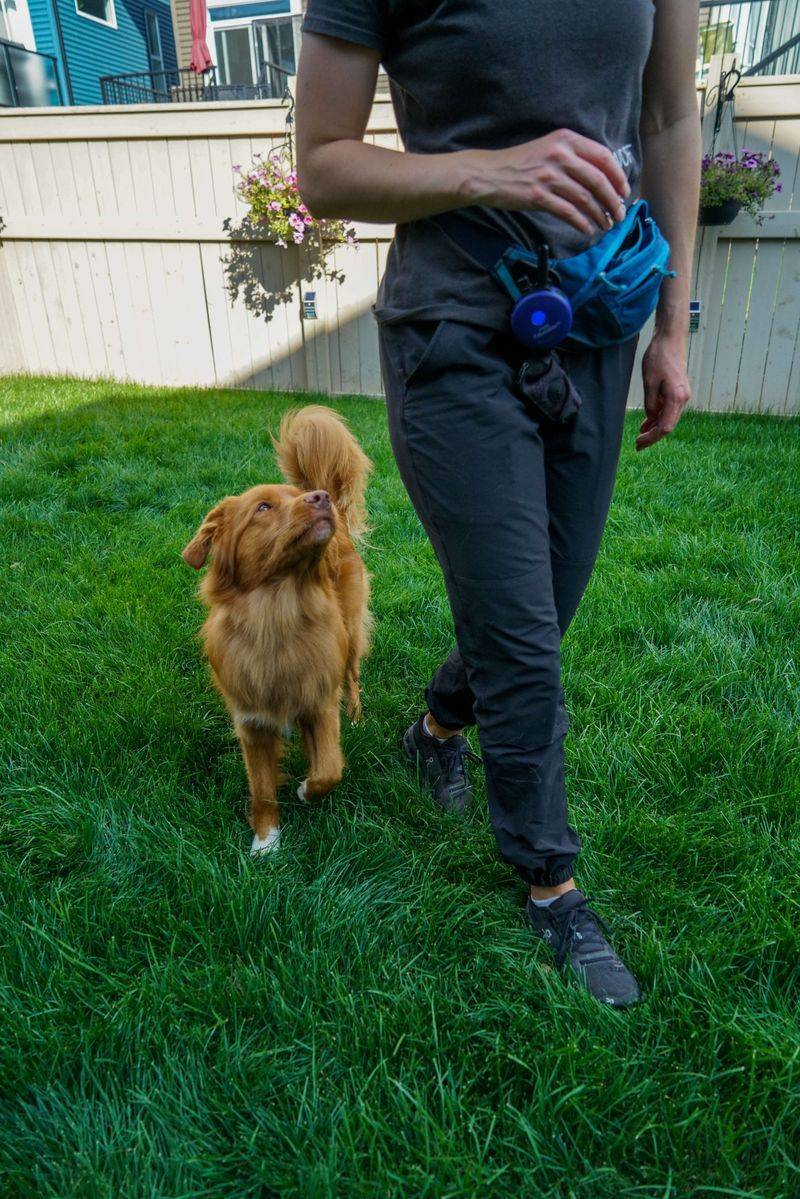
When a dog follows you closely, it’s often a sign of loyalty and attachment. This behavior indicates a desire to be near and involved in your activities. It’s a silent expression of companionship and trust.
Understanding why a dog sticks close can provide insights into their emotional needs, whether for security or involvement. This behavior strengthens the bond, showcasing a dog’s devotion and love.
Dogs use this silent communication to express their need for connection and participation in their owner’s life, fostering a deep sense of belonging and togetherness without words.
Digging
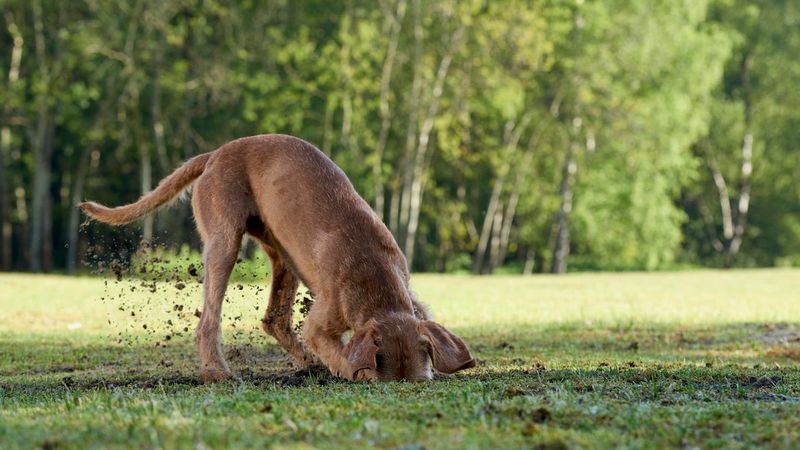
Digging is a natural behavior in dogs, often expressing excitement, boredom, or instinctual drives. This silent activity allows dogs to explore, hide items, or even cool down.
Understanding why a dog digs can provide insights into their needs and environment. Providing designated areas for digging can satisfy this instinct and prevent unwanted behavior.
It’s a silent way for dogs to engage with their surroundings, expressing their curiosity or energy. Observing digging patterns can offer clues to a dog’s emotional state and interests, enhancing the owner’s ability to meet their needs effectively.
Licking Your Face
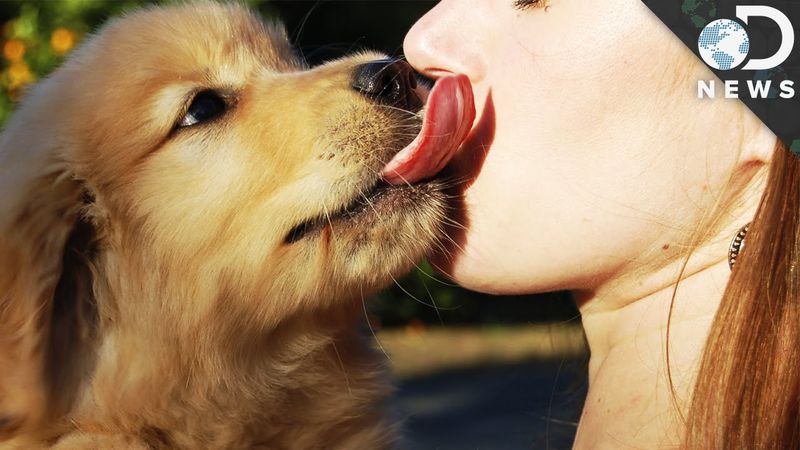
When a dog licks your face, it’s a sign of affection and trust. This behavior mimics actions seen in wolves, where licking is a social and bonding activity. Dogs use this silent gesture to express love and strengthen their connection with humans.
Understanding this behavior can enhance the human-canine relationship, offering insights into a dog’s desire for closeness and approval. It’s a way for dogs to communicate their feelings of joy and attachment, fostering a warm and loving bond.
Observing when and how a dog licks can provide valuable insights into their emotional state.
Sighing

A dog’s sigh can reveal contentment or mild frustration. This subtle form of communication often accompanies relaxation, signaling a dog’s comfort with their environment.
Conversely, a sigh might indicate a desire for more attention or activity. Understanding the context of a dog’s sigh can provide insights into their emotional state, helping owners respond appropriately.
It’s a silent way for dogs to express their feelings without needing to vocalize. Observing this behavior can enhance the human-canine bond, providing opportunities for reassurance or engagement based on a dog’s silent cues.
Chewing Toys

Chewing is a natural and necessary behavior for dogs, often used to relieve stress or boredom. Providing appropriate toys for chewing satisfies this instinct and prevents destructive behavior.
Chewing is a silent way for dogs to entertain themselves, express energy, or alleviate discomfort. Understanding this behavior can help in providing suitable options for a dog’s needs, enhancing their well-being.
It’s a simple yet effective way for dogs to communicate their need for stimulation or relief, offering insights into their preferences and emotional state without words.

